This section brings together the works of three great Italian painters who eschewed groups and movements, working in conditions that it is fair to define as solitary. The creative journeys we refer to are those undertaken by Giorgio Morandi, Filippo de Pisis and Fausto Pirandello, three artists who had a profound influence on developments in Italian painting, on which they impressed an indelible mark of excellence. Although, in the end, they had only a tenuous relationship with broader developments: not because they never pursued one, but because they ultimately found their own truth, in isolated thought and action, steeped only in solitude.
True, for a brief period Morandi was “close” to Futurism, veined with the Cubist principles of Ardengo Soffici, then to the metaphysical experiments (of Carlo Carrà, in particular), before finally moving towards the “Plastic Values” of Mario Broglio. There was also once a De Pisis, at a time when he was active alongside the other italiens de Paris, who was seduced by the metaphysical disorientation of De Chirico, whom the “marchesino pittore” (as De Pisis styled himself) had previously befriended in his native Ferrara. And there was once a Pirandello, who for a brief moment was close to Mafai and Roman Tonalism. But none of them ultimately found their own language in those communal experiences, nor their greatest maturity.
Each artist would pay a price for his isolation: Pirandello’s was the long-time lack of any support save for a handful of critics whose influence did not extend beyond regional borders; De Pisis’s was the derision of many observers; Morandi’s, the various accusations levelled at different times from the most remote fronts, including of a lack of courage and social engagement.
Then there were the countless misunderstandings along the way: from the neo-Impressionism attributed to De Pisis - as if this were an irredeemable legacy from a period already past to Pirandello’s alleged “insularity”. In the end they had no followers, only pale imitators. Not even Morandi, to whom his most impassioned interpreter, Francesco Arcangeli, wanted to ascrbe familiarity with a new “naturalism”: erroneously, of course.
Tre grandi isolati del XX secolo: Morandi, de Pisis, Pirandello
Three Great Twentieth-Century Outsiders: Morandi, de Pisis and Pirandello
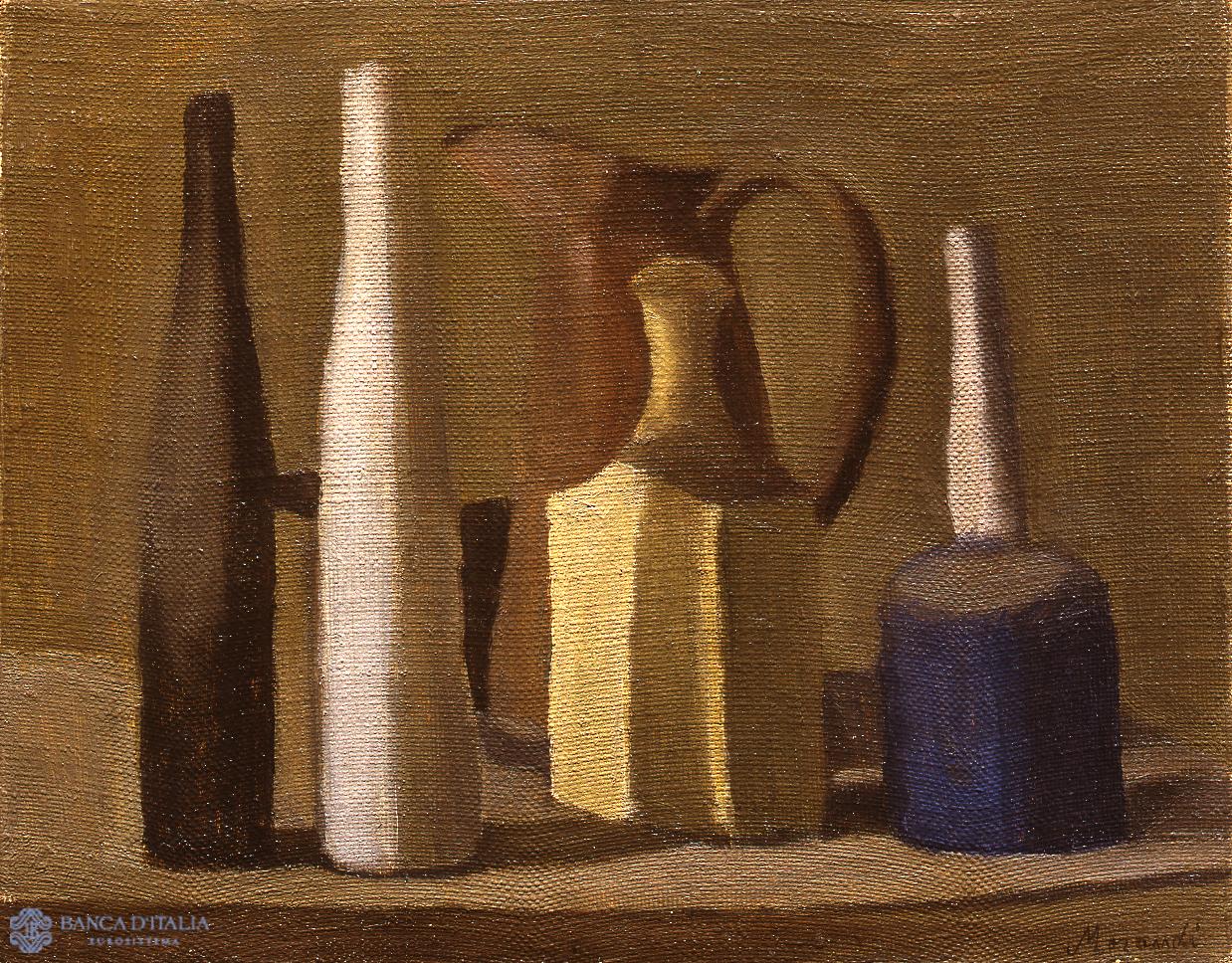
Works of art
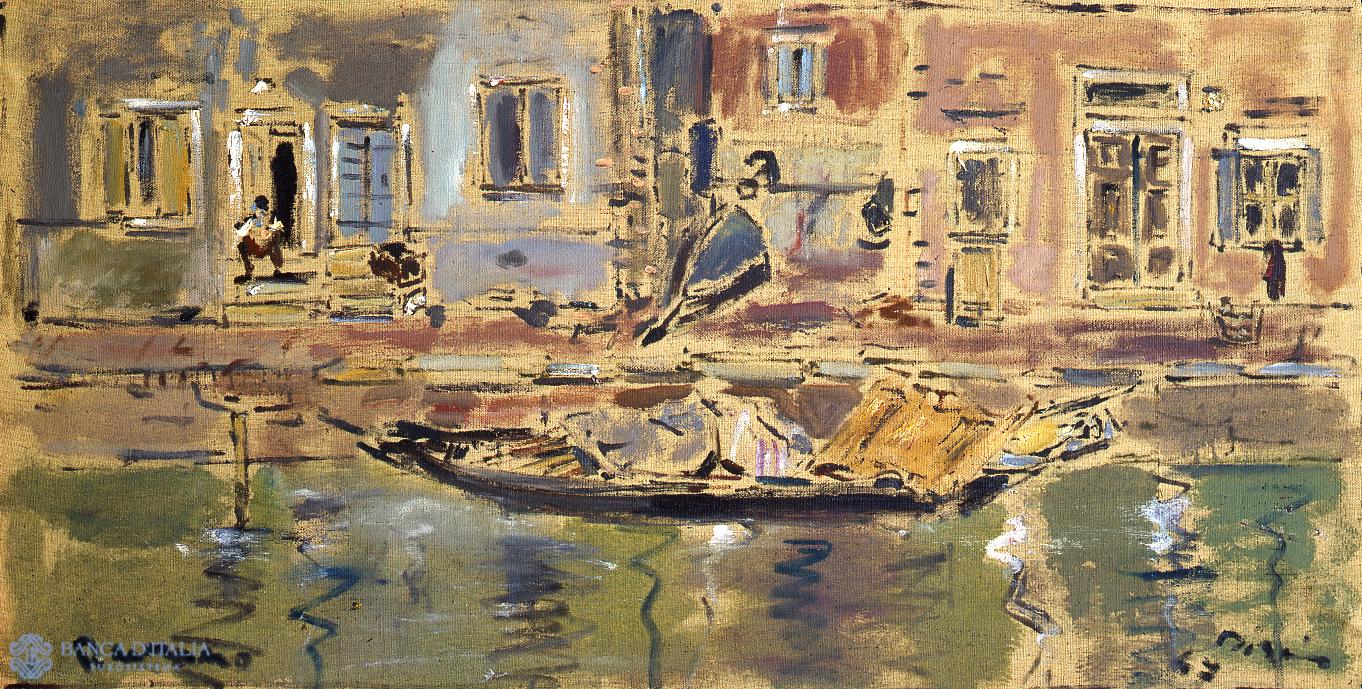
Veduta di Burano
At the centre of this small, simple painting, running perfectly parallel to the base, is a gondola on a Venetian canal. In the background are the run-down houses of the island of Burano, which at that time was still, inhabited entirely by artisans.
20th century AD
Painting
Landscape
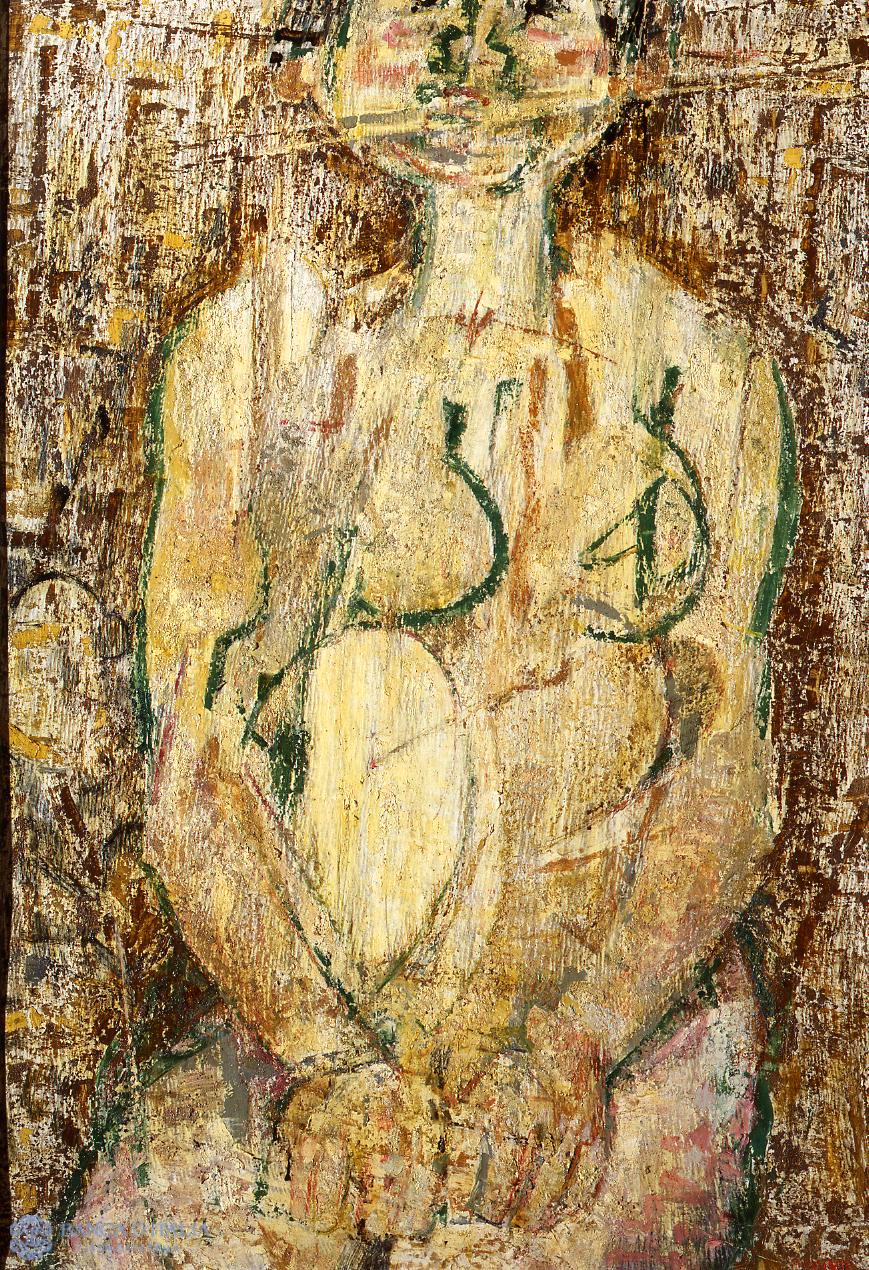
Trama di nudo
A female figure – a frontal nude, her hands resting on her lap – occupies the entire space of the painting. Indeed, it almost seems as though the mount, the cardboard that was Pirandello’s material of choice in the post-war years, is insufficient to contain the entire image of that pitiful figure: both above and below, the face and legs appear to have been cruelly truncated.
20th century AD
Painting
Figurative
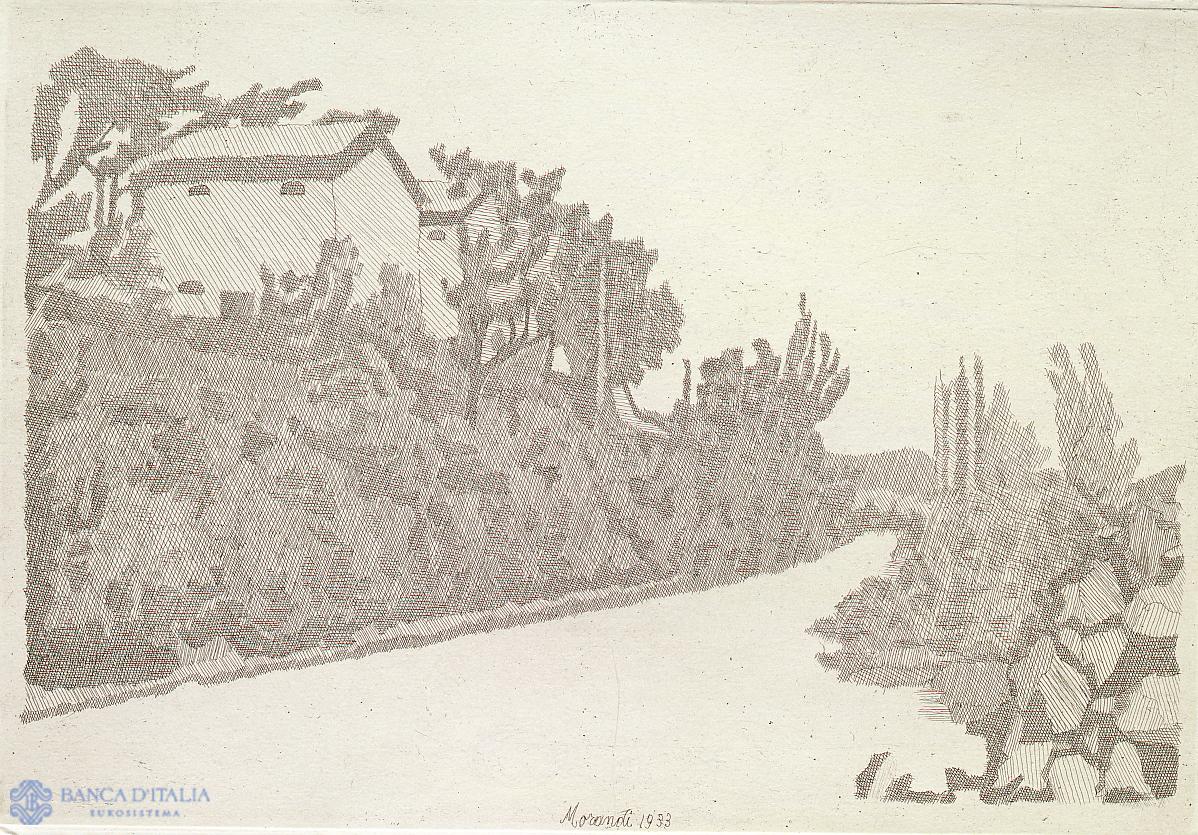
La strada bianca
A long road, blanched by the noonday sun, angles towards the far-off back of the composition. It is flanked on the left by a shoulder of greenery, silvery as it too is pierced by light; on it rest, nearly weightless, the simple cubes of two houses, without shadow.
20th century AD
Landscape
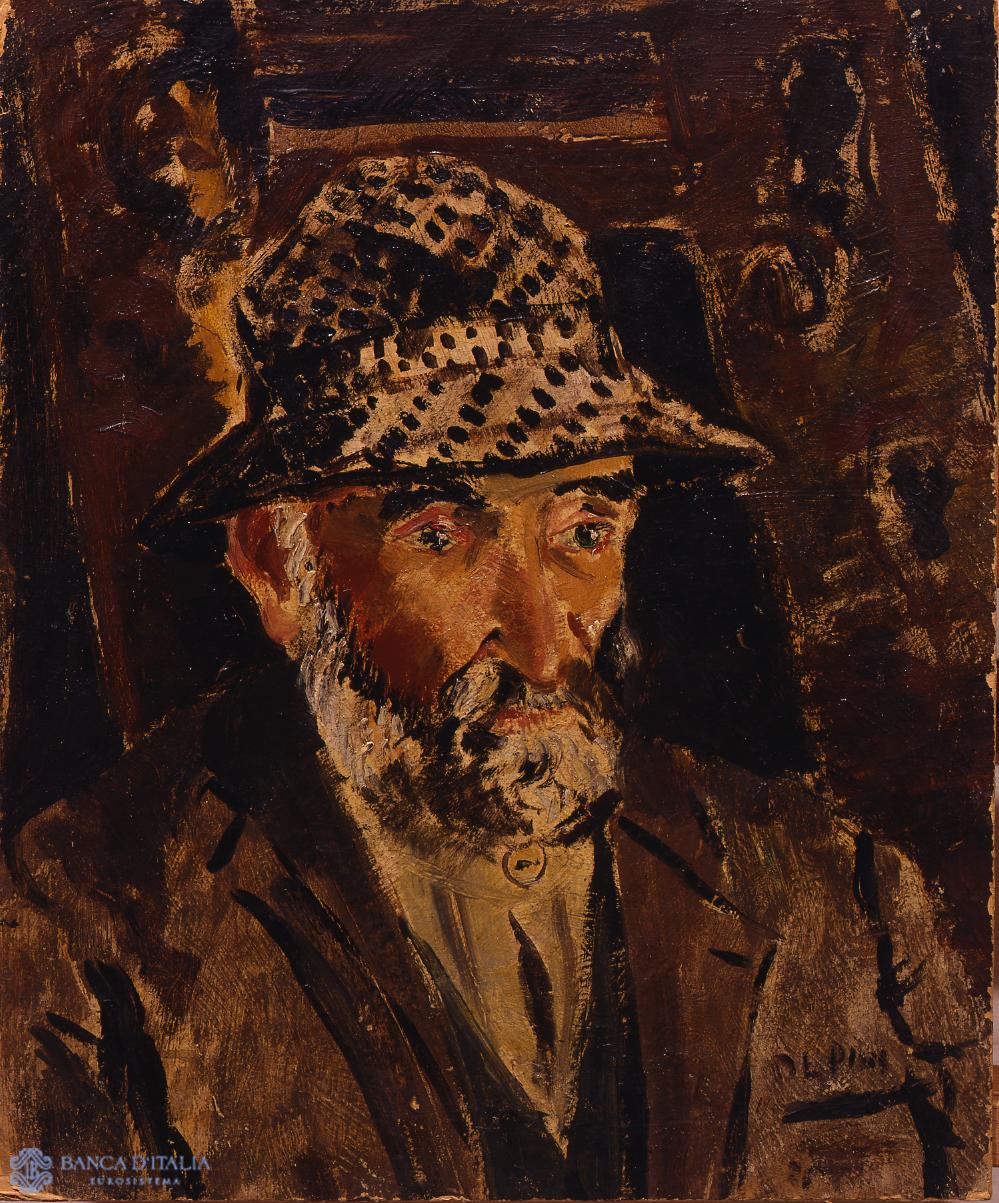
Ritratto di vecchio
Composed of earthen shades, shadows and occasional, rapid streaks of light, this portrait of an old man (a native of Cadore: “this healthy, genteel folk” as De Pisis wrote, moved by his stay at Cortina d’Ampezzo) is a small masterpiece.
20th century AD
Painting
Portrait
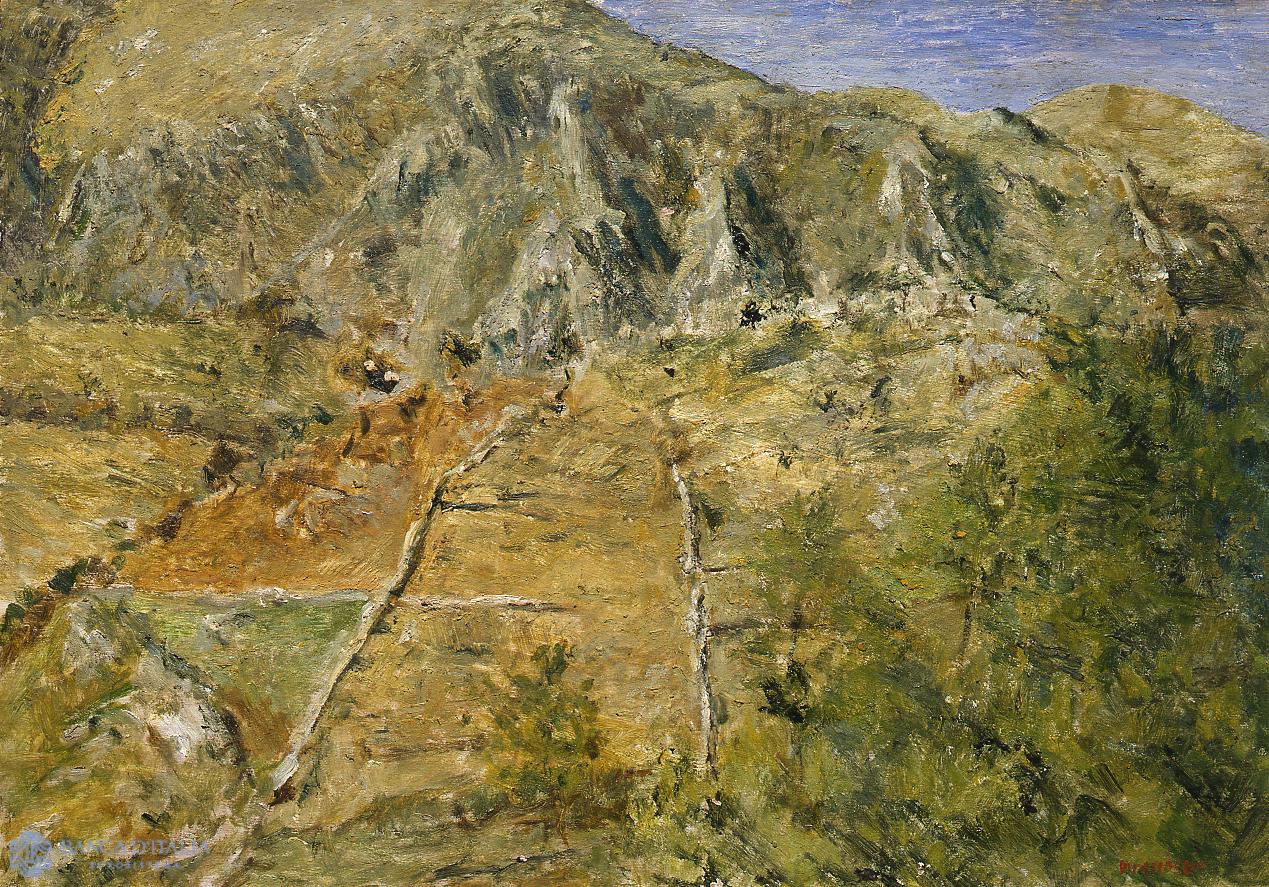
Paesaggio di Anticoli
From the 1920s onwards the town of Anticoli Corrado, a small village set into the hillside in Lazio, was the site of long sojourns by numerous Roman painters (and not only, Arturo Martini also stayed there). Pirandello often portrayed the surrounding hillsides and valley below.
20th century AD
Painting
Landscape
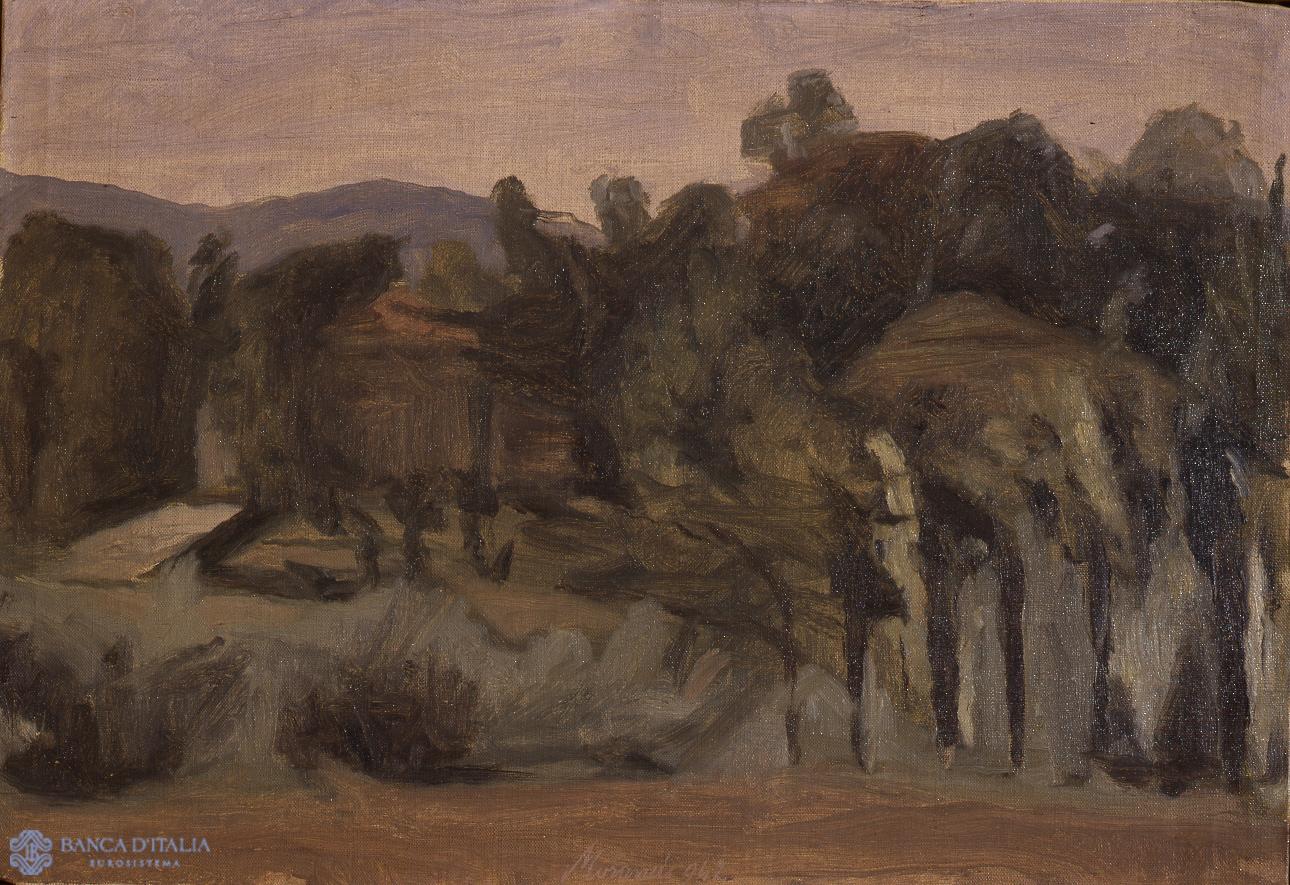
Paesaggio
Fields and sky, trees and houses: but in the end, the composition of this landscape depicts only the wind, which blows every which way, wiping out clarity of form, bringing together in a single tone the various hues of green and ocher. Morandi is at Grizzana, the small village near Bologna where he generally spent summers.
20th century AD
Painting
Landscape
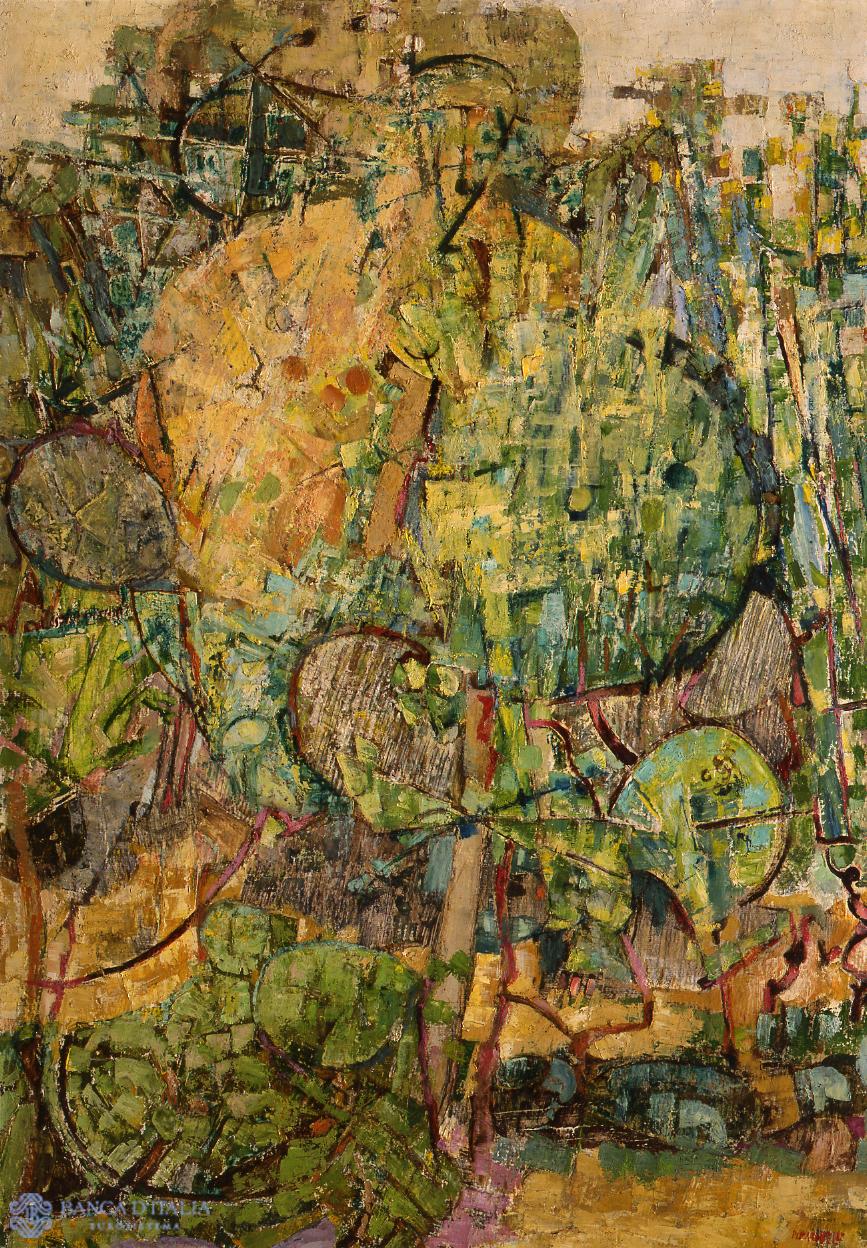
Ombre estive
A cluster of trees occupies the entire space of the cardboard, crowding it, infusing it with anxiety: as if to signify that even before this placid view of a town, Pirandello is unable to assuage his tormented vision of reality.
20th century AD
Painting
Abstract
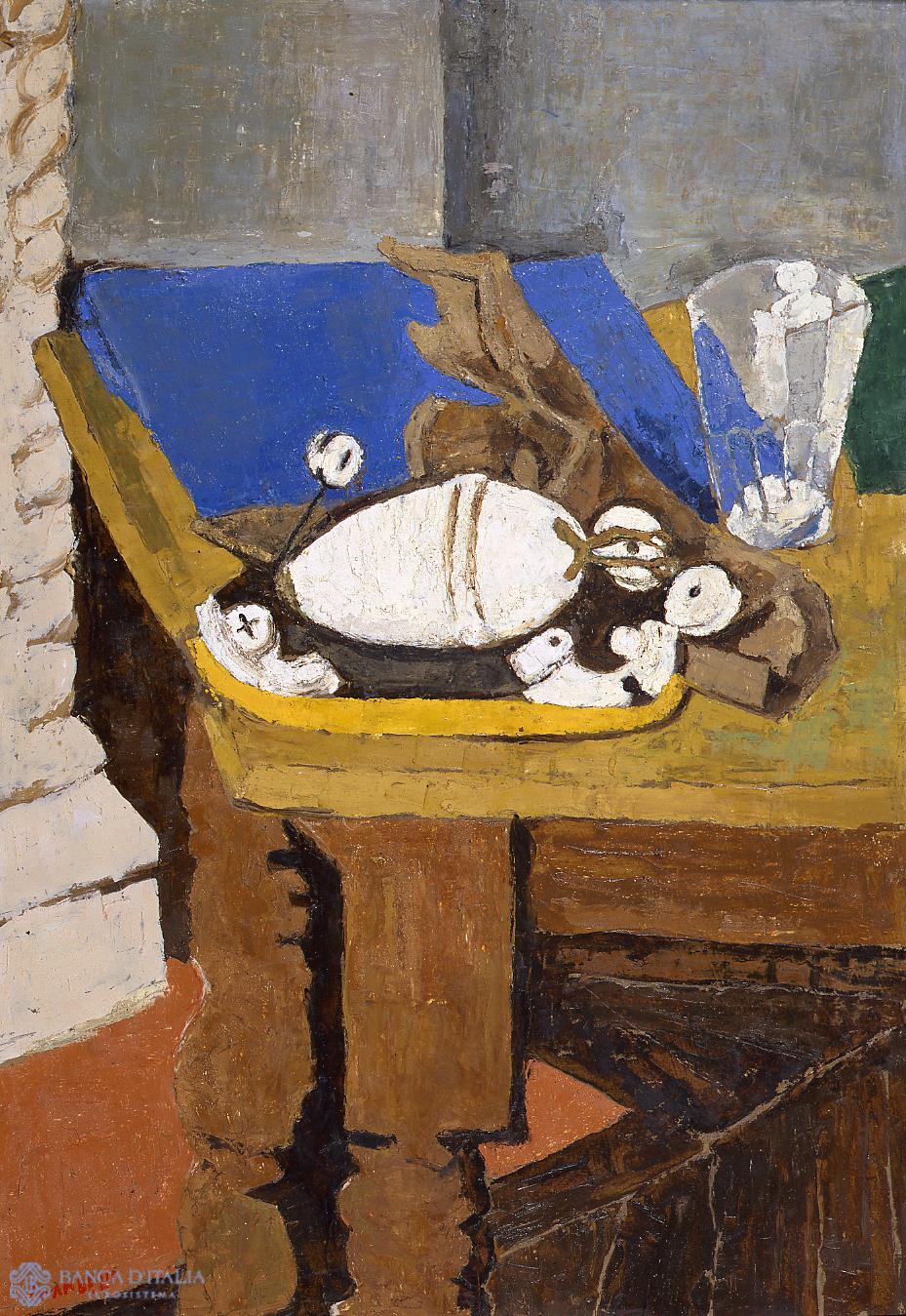
Oggetti elettrici
Small, indeterminate “electrical objects” are piled together on a table pitched extremely high at the centre of the composition; alongside it is a blue folder and a glass. Nothing else. As usual, Pirandello’s still lifes are built using very little, almost as though his meagre visual pretexts have been placed on the horizontal plane by a casual sweep of the broom; governed by a tonal blend of a few earth colours in the midst of which a note of blue frequently rings out.
20th century AD
Painting
Still life
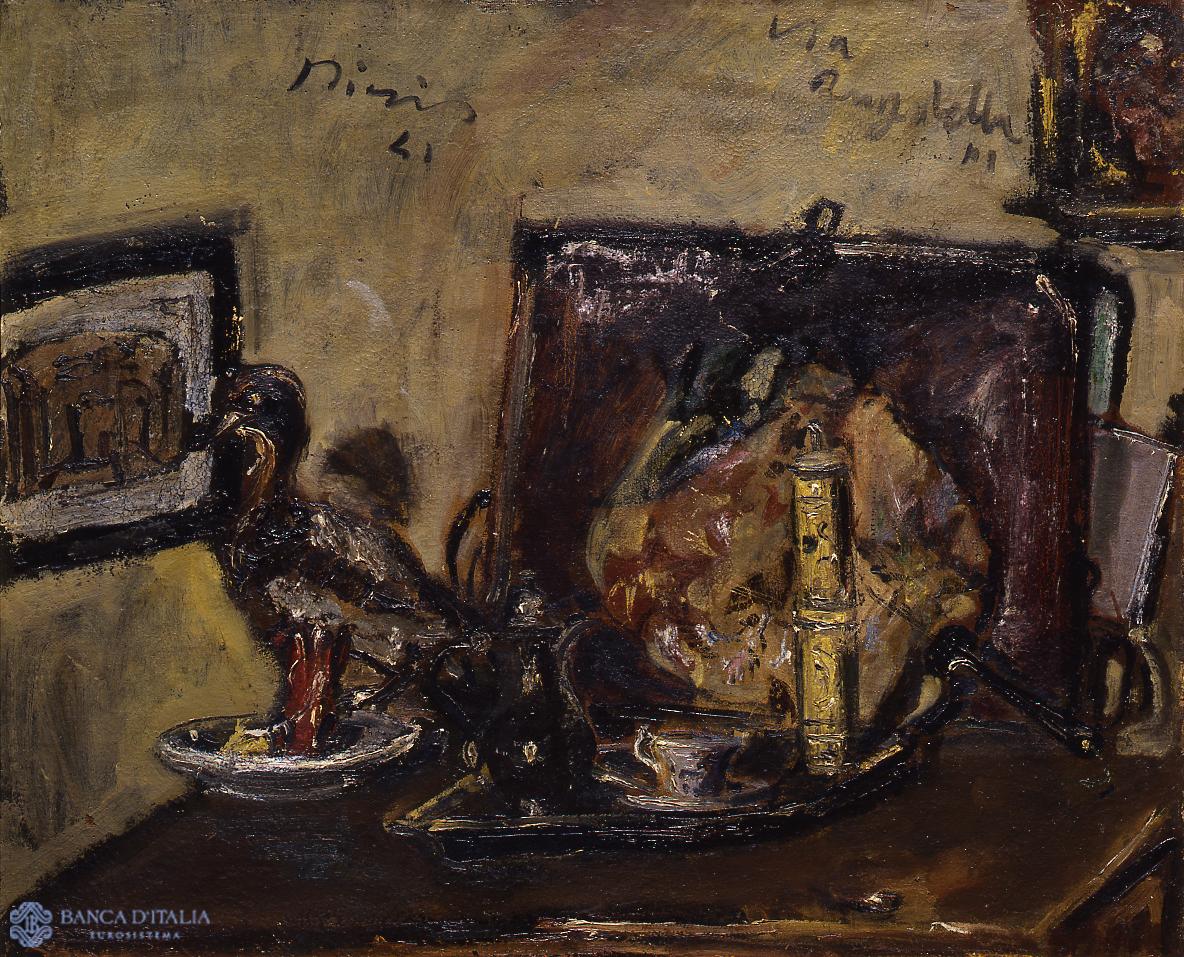
Natura morta romantica
In a space that is almost entirely absorbed by the foreground is a crowded still life: a tray, a pitcher, a cup, a fan, several more trays, a small picture hanging on the wall; and a small ceramic bird that looks alive and almost offended by the pose it has been assigned.
20th century AD
Painting
Still life
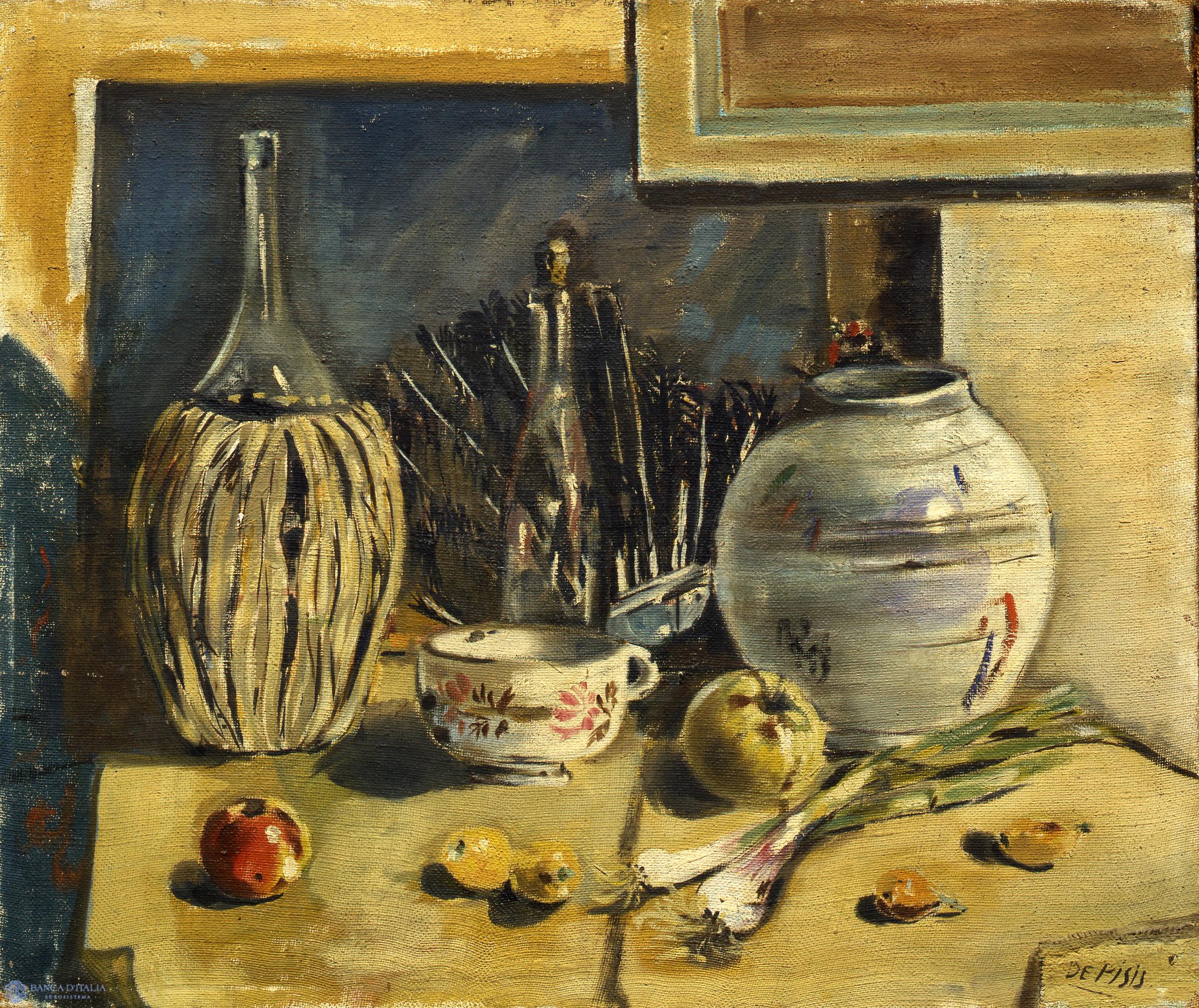
Natura morta con fiasco e ventola
This youthful still life of the “pittore marchesino,” as De Pisis liked to style himself, is crammed with objects: a flask, a vase, a cup, a mirror, a fan, and scattered here and there on the table that seems to slope gently towards the viewer, some fruit and vegetables.
20th century AD
Painting
Still life
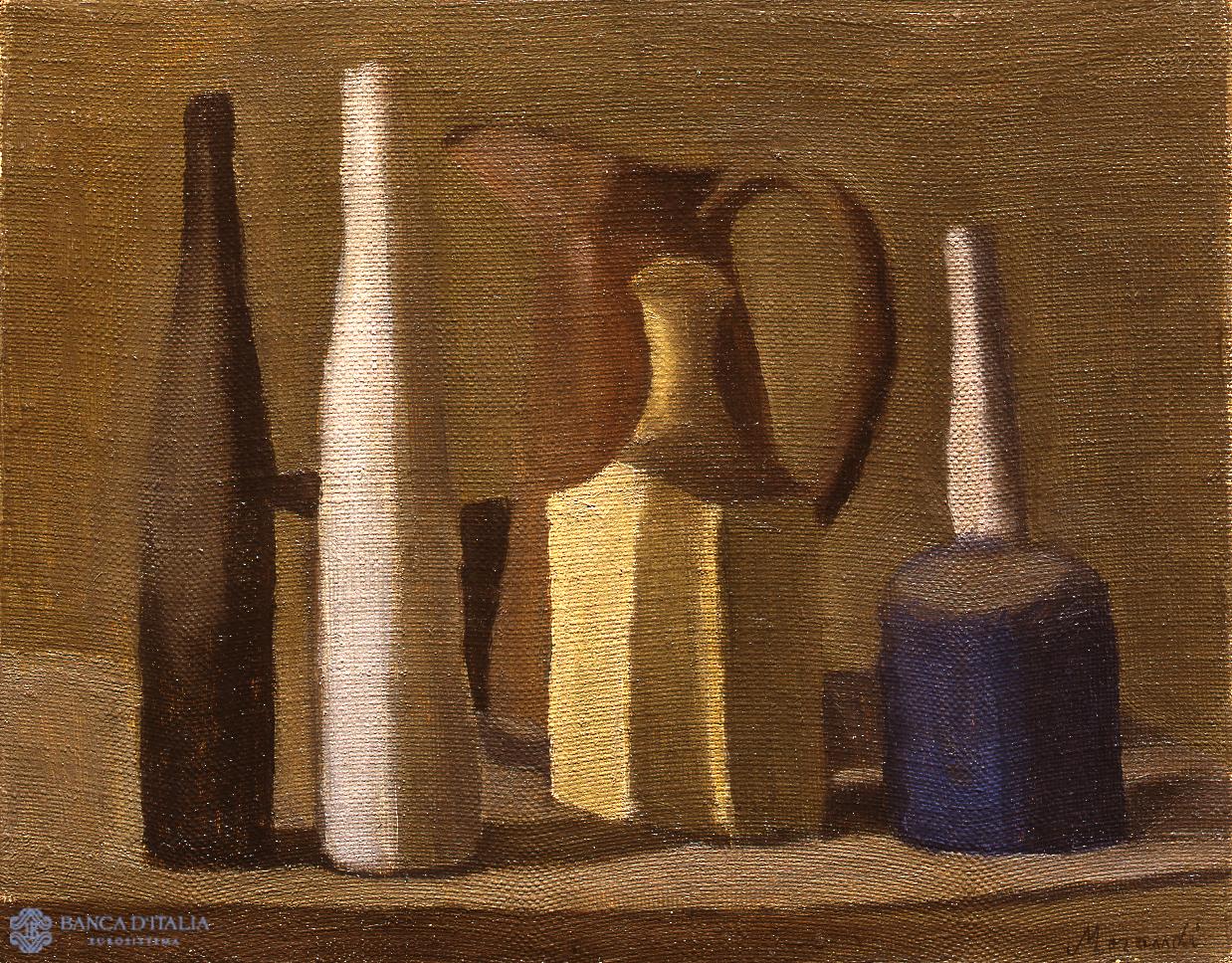
Natura morta
On the surface, in the foreground and clearly delineated by the shadows that the objects project, we find – isolated, cadenced in the limited space given, in orderly succession and severe alternation of solids and voids – the few objects so infinitely familiar to Morandi: the long-necked bottles, the lamp, the pitcher.
Painting
Still life
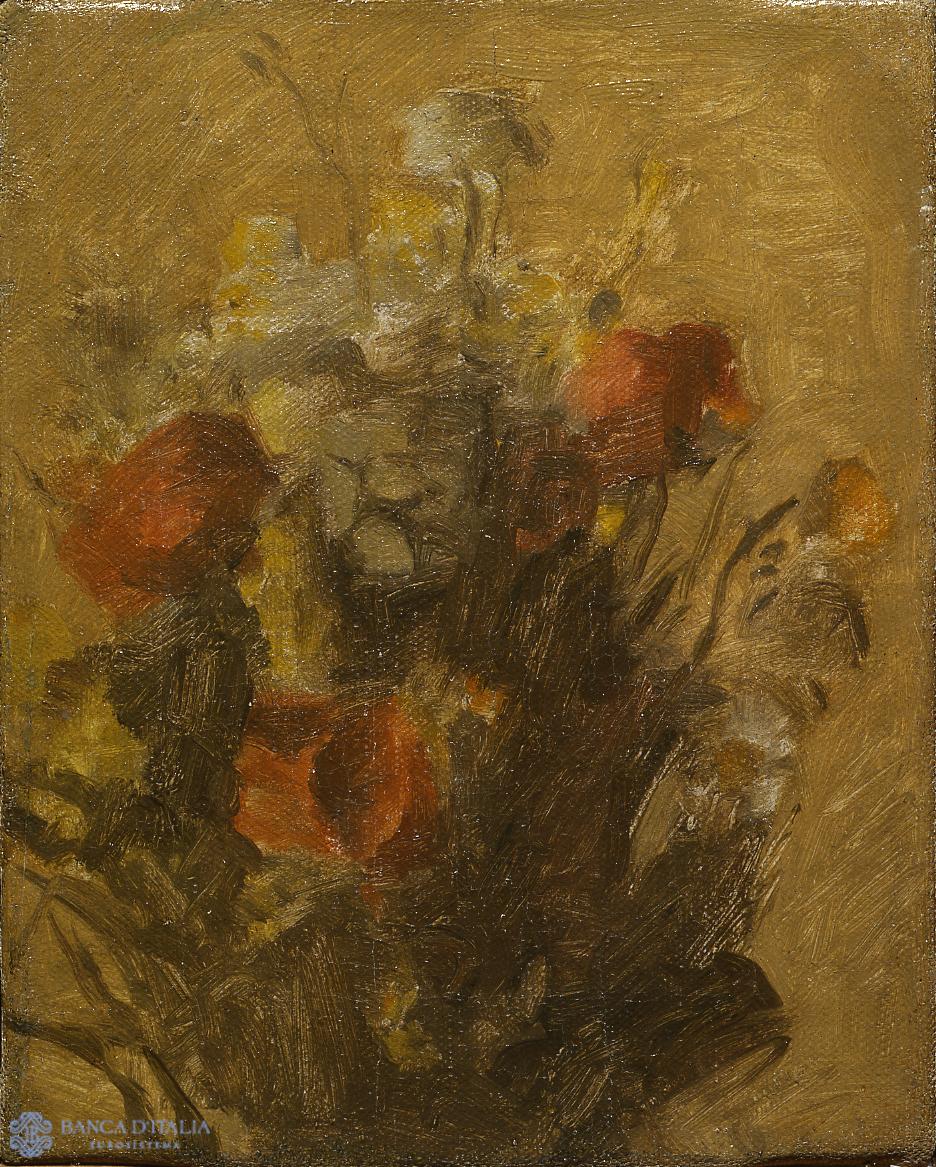
Fiori
Multicoloured corollas – whites, oranges, greens and yellows crowd the foreground of this small canvas – emerge forcefully at the centre of the image of flowers, which is emotional, perturbed as by an existence that flows nearby, leaving upon it its impurities, its waste.
20th century AD
Painting
Still life
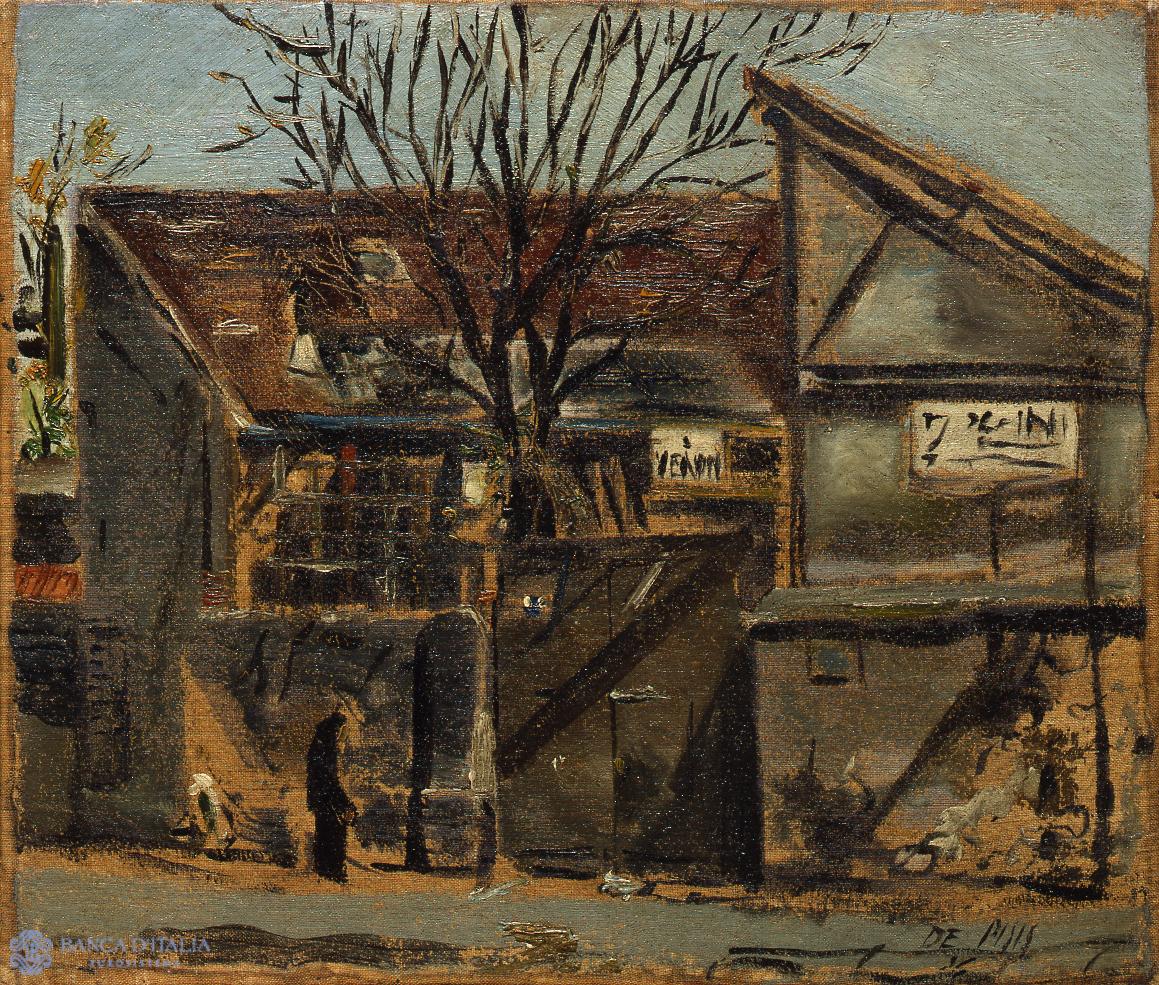
Banlieu di Parigi
An anonymous corner in an otherwise splendid Paris; a closed gate marks the entrance to a tumbledown house (à vendre, says the affixed sign); a modest courtyard in which stands a black tree, whose bare branches reach for a leaden sky.
20th century AD
Painting
Landscape
